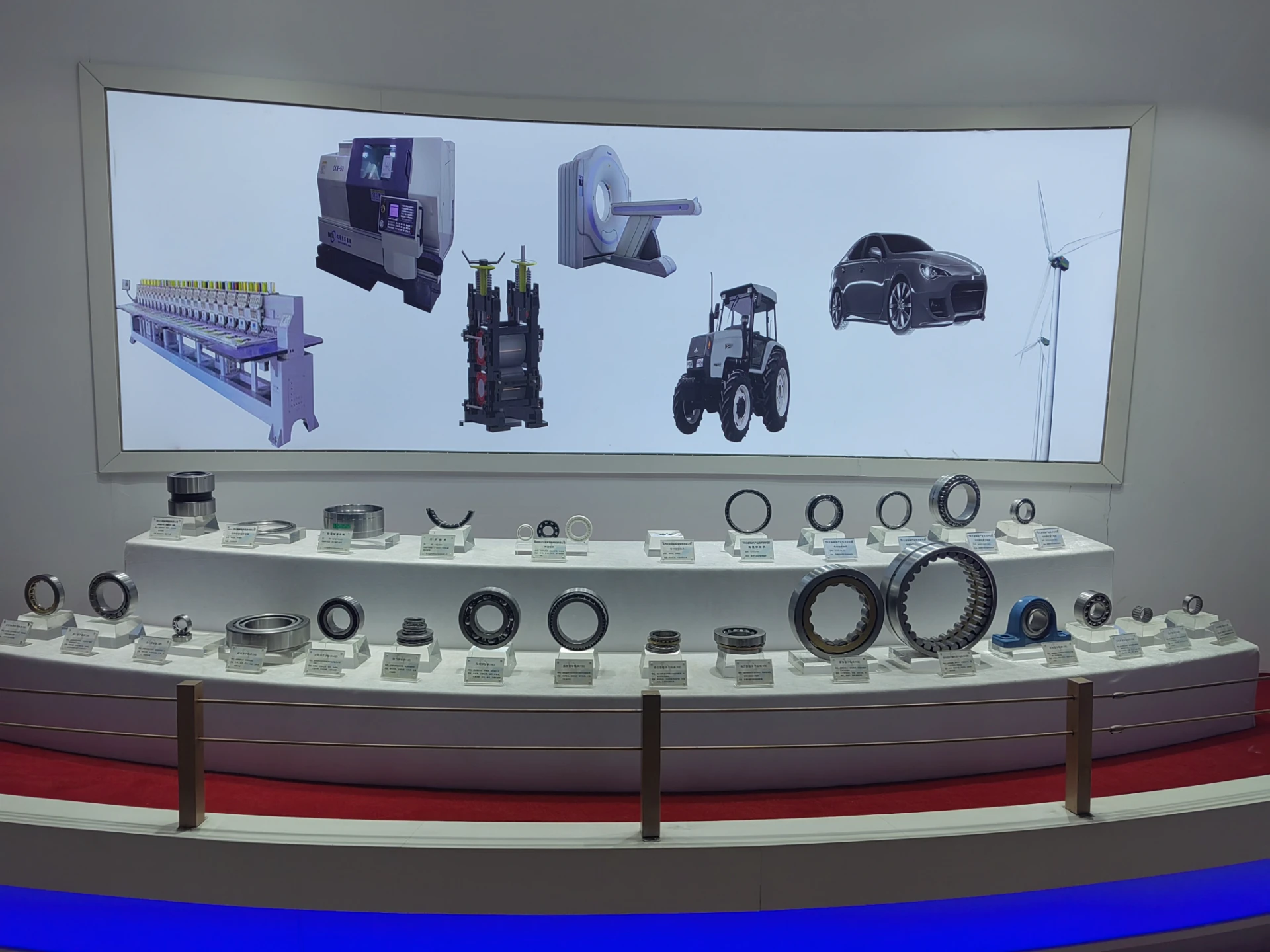
Dec . 16, 2024 13:13 Back to list
cylindrical roller thrust bearings
Understanding Cylindrical Roller Thrust Bearings
Cylindrical roller thrust bearings are a specialized type of rolling-element bearing designed to support axial loads in one direction while facilitating minimal friction and wear during operation. With cylindrical rollers arranged in a cage, these bearings play an essential role in a variety of mechanical systems where efficiency and durability are paramount.
Design and Functionality
Cylindrical roller thrust bearings are characterized by their cylindrical rollers, which provide a larger contact area between the rolling elements and the raceways compared to ball bearings. This design allows the bearings to handle higher loads while maintaining stability. They are typically made from high-quality steel, which ensures strength and longevity even under significant stress.
The primary function of cylindrical roller thrust bearings is to accommodate axial loads. Unlike radial bearings, which manage forces that are perpendicular to the shaft, thrust bearings support forces that act parallel to the shaft. This makes them ideal for applications such as machine tools, automotive gear systems, and other heavy machinery where axial forces are prevalent.
Load Capacity and Performance
One of the standout features of cylindrical roller thrust bearings is their impressive load capacity. The configuration of the cylindrical rollers enables them to distribute loads evenly, which minimizes stress and enhances performance. This capability is particularly beneficial in applications that involve heavy equipment or high-speed operations, as it reduces the risk of premature failure.
Moreover, the design improves the dynamic and static load ratings of the bearing, allowing for higher performance in demanding conditions. The frictional resistance is also lower compared to traditional thrust ball bearings, promoting energy efficiency and reducing heat generation during operation.
cylindrical roller thrust bearings

Applications
Cylindrical roller thrust bearings find a myriad of applications across various industries. In the automotive sector, they are commonly used in transmissions and clutches, where they help manage axial loads and improve the efficiency of power transfer. In railway systems, these bearings are vital for supporting rolling stock and trackside machinery, enhancing both performance and safety.
Heavy machinery that performs lifting and drilling operations also benefits from the use of cylindrical roller thrust bearings. These bearings can withstand the significant axial forces that such machines generate, allowing for smoother operation and increased reliability. Additionally, they are used in marine applications for propeller shafts and marine winches, where robust support is crucial for operational safety.
Maintenance and Considerations
To maximize the lifespan and performance of cylindrical roller thrust bearings, regular maintenance is essential. Lubrication is a critical factor; using the correct type of lubricant can drastically reduce friction and wear, leading to prolonged service life. Operators should also monitor for signs of fatigue or damage, as early detection can prevent more severe failures.
When selecting cylindrical roller thrust bearings for specific applications, it is vital to consider factors such as load rating, operating speeds, and environmental conditions. Choosing the right bearing type ensures optimal performance and extends the operational life of the machinery it supports.
Conclusion
Cylindrical roller thrust bearings are vital components that enhance the functionality and efficiency of various mechanical systems. Their ability to handle significant axial loads while minimizing friction makes them indispensable in modern engineering applications. As industries continue to evolve and demand higher performance standards, understanding and utilizing these specialized bearings will be crucial for maintaining competitive advantages and ensuring operational reliability. Whether in automotive, industrial, or marine contexts, the role of cylindrical roller thrust bearings remains foundational to the functionality of various machinery and systems.
Latest news
-
Premium Deep Groove Ball Bearings | High Speed & Reliability
NewsAug.29,2025
-
Durable Scaffolding Clamps - Secure & Reliable Tube Connectors
NewsAug.28,2025
-
Common Failures in Thrust Ball Bearings and Solutions
NewsAug.22,2025
-
How Tapered Roller Bearings Can Take Shock Loads
NewsAug.22,2025
-
Angular Bearings in High-Precision Spindles
NewsAug.22,2025
-
The Impact of Misalignment on Cylindrical Roller Bearing Performance
NewsAug.22,2025
